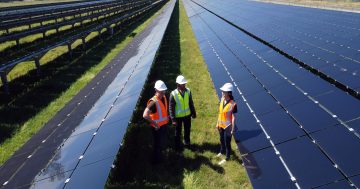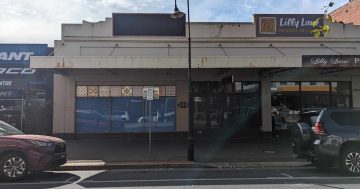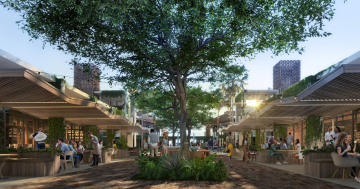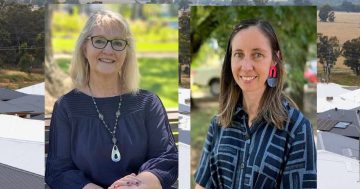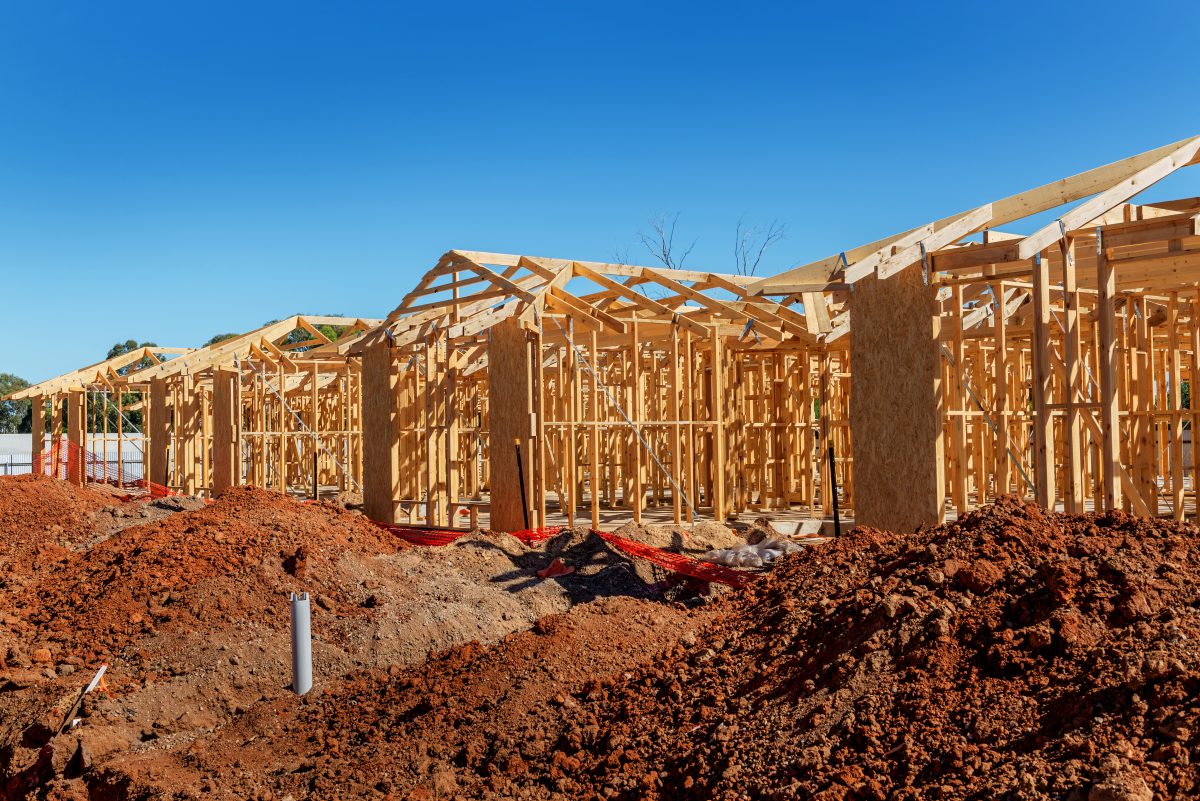
A new report says Wagga’s residential construction will catch up as more land becomes available. Photo: File.
For at least the next few years, Wagga’s housing supply will struggle to keep pace with booming demand according to the 2021-22 Land Monitor Report released this week.
“The report this year highlights that we’ve been under our normal supply,” said Tony Balding, chairman of the Housing Industry Association (HIA) who commissioned the report along with Regional Development Australia (RDA) and the Committee 4 Wagga (C4W).
“We only put out 171 blocks this year, which is normally around about 300 or 400 and this is where we’ve got a two- or three-year lag, which we’re trying to prepare for and also to try and accelerate those big zonings that are coming forward.”
While there is a clear shortage of residential lots now, he says the projections for the next few years are promising.
“Currently we’re seeing future developments heading south of the city as well as north of the city. There are some big numbers involved in those developments, which is heartening to see.”
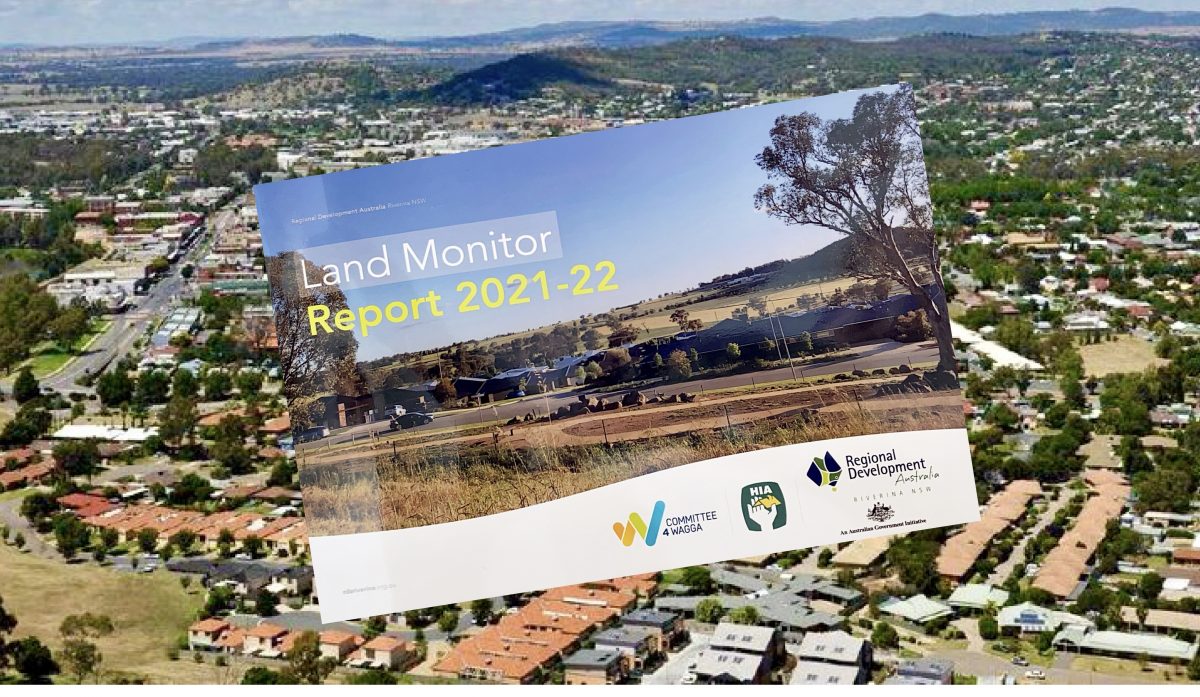
The RDA’s Land Monitor report 2021-22 was released this week. Photo: Chris Roe.
C4W chair Adam Drummond said the lag in housing reflected the surge in infrastructure investment in the region.
“There’s not necessarily a crystal ball on what’s going to happen from a supply and demand issue,” he said.
“If you could go back 10 years ago when some of these developments were coming to fruition you would probably run a parallel housing plan with the local city councils.
“I don’t think that happened, so now we’re playing catch up with regards to, ‘Okay, where do we put all these people?”
Based on population projections, the report estimates that 1190 to 1714 new dwellings will be required by 2026.
More than 1000 lots will be available for subdivision by the end of 2025, with almost 10,000 more in the pipeline.
RDA researcher Melanie Rankin compiled the report and said that over the past eight years the local data had been a huge asset in ensuring adequate housing supply.
“From the numbers at the moment it looks like we are keeping up with population growth, but that doesn’t account for some of the rental stress that people are having as well as increasing prices,” she explained.
“So just keeping up might not be enough and if we don’t actually maintain that level, we’ll start to see more issues.”
Mr Balding agrees that there are many people being impacted by the housing squeeze and he wants to see the state and federal governments step up.
“Both levels of government turned a blind eye to social housing for a lot of years and relied on the private sector,” he said.
“We’re certainly looking at social housing and welfare housing and we want to see the projected figures from the Land and Housing Corporation.
“We would just like to see them accelerate what they’re doing because that’s an immediate need.”
Mr Drummond said the report provided assurance that development was on track to catch up, but that in the meantime, it would be tight.
“At the moment we’ve got the real struggle street being the immediate need for housing, particularly around that rental vacancy rate still less than 1 per cent in many agencies around town,” he said.
“And that’s the big challenge that we’ve got to tackle as a community over the next six to eight months.”
HIA’s senior economist Nicolas Ward said the Federal Government’s commitment to build a million new homes in the next decade presented a solution, however the report highlighted the lack of available land in booming centres like Wagga.
“To get to a million homes requires state government and local government to make it easier to develop land and to reduce costs on housing with lower taxes,” he explained.
“In our view, that goal of a million homes will be enough to stop housing affordability getting worse, but if we don’t achieve it, then housing affordability will get worse and the losers from that will be ordinary people in the Riverina.”
You can see the RDA Riverina’s Land Monitor Report here.









